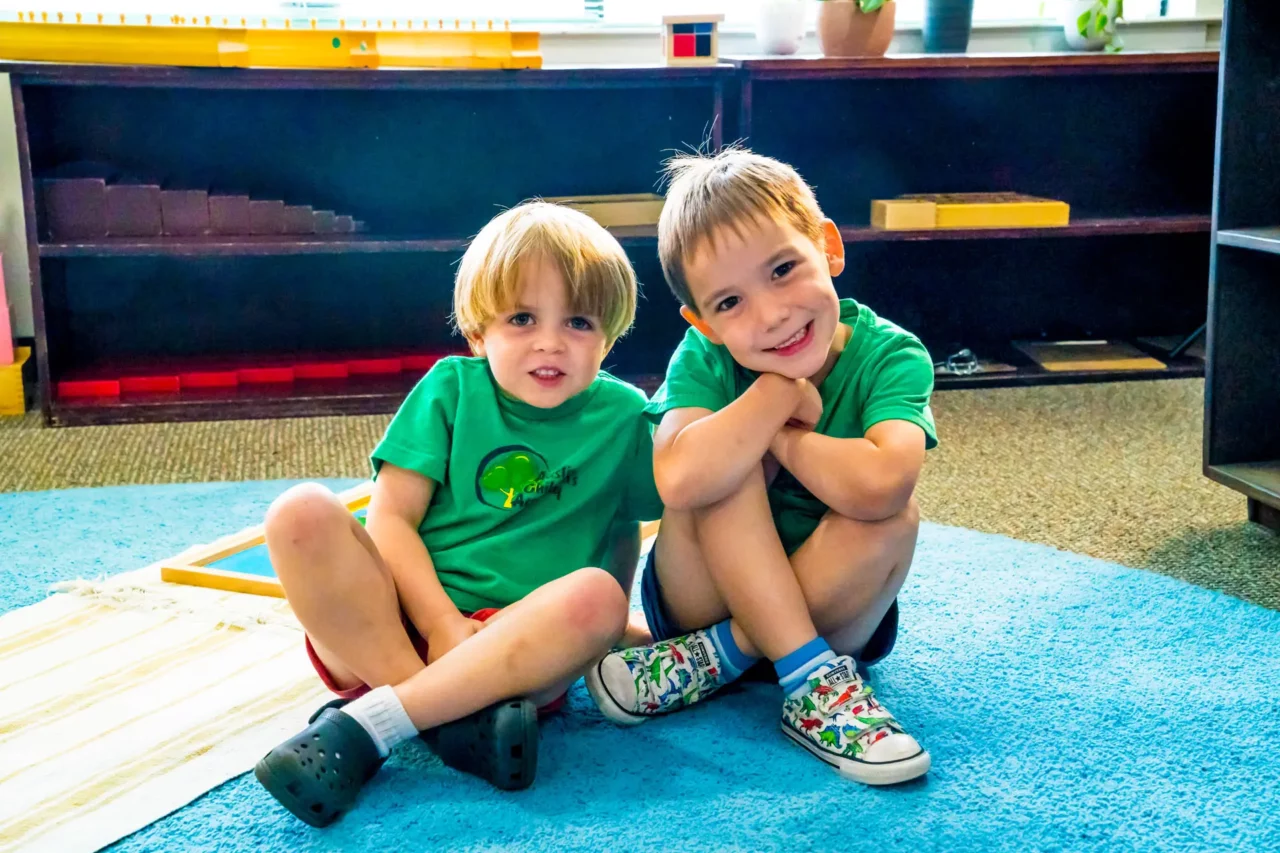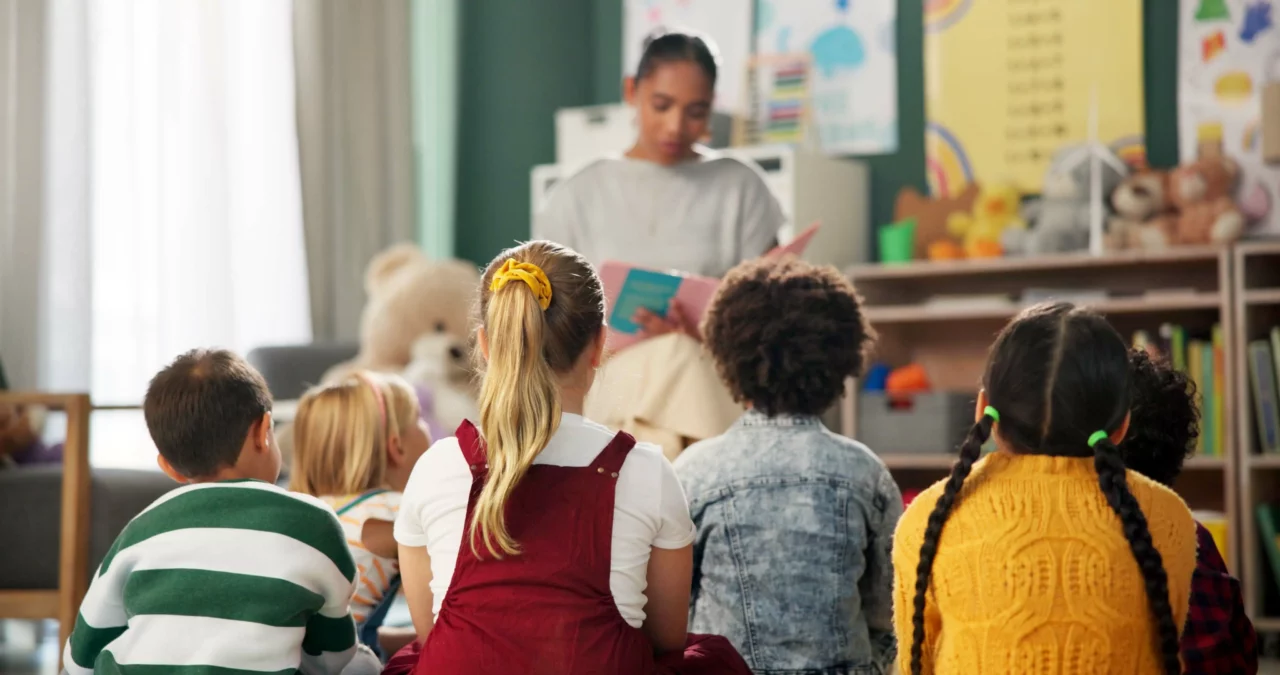
Dr. Montessori considered the environment to be an important aspect of education. The lessons that students learn change with the times, but they still need a comfortable place where they can get their work done. Based on her studies, all Montessori classrooms are set up with the same basic tenants in mind.
Child-Friendly Accessibility
The first classroom that Maria Montessori was given was not designed with children in mind. The furniture was too big, the shelves were too high, and the brooms were too heavy. Her students could barely interact with the environment, and she suspected that this was impacting their ability to learn.
As soon as she had the funds, Dr. Montessori immediately began replacing the furniture with items that were appropriately sized for her students. This included smaller chairs and tables, lower shelves, and tools that kids could actually hold in their hands. The kids reacted quickly, and she soon found that they had no problems moving, learning, cleaning, and playing in their classroom.
In today’s Montessori schools, you’ll find that everything is designed for children to use. In addition to the miniature tables and chairs, you’ll also notice that the dishes are smaller, the doors are lighter, and the coat hooks are placed lower on the walls. This allows children to focus on learning, not on trying to move in a world that’s simply too big for them.
Low-Distraction Atmosphere
Many modern preschools are decorated with colorful posters, plastic furniture, and fluorescent lights that hurt the eyes. These environments might look good on camera, but they’re not good for learning. Dr. Montessori knew that children were easily distracted, so she designed an environment that wouldn’t keep their attention off their studies.
In the modern world, a low-distraction environment includes natural wooden furniture, comfortable lights, and a lack of noisy decorations. There’s nothing wrong with adding a little color or fun to the classroom, but the goal should be to create an aesthetically pleasing space that’s easy on children’s eyes. Background objects should be made with muted colors, allowing attention to be drawn to the learning materials that the kids are supposed to be focusing on.
Cleanliness and Organization
Many of the children that Dr. Montessori worked with came from chaotic environments that made focusing difficult. To counteract this effect, she placed a high level of priority on keeping the classroom clean and orderly at all times. Although the children were invited to help tidy up as part of their education, Dr. Montessori believed that maintaining the environment was the responsibility of the teachers and other faculty members.
In addition to keeping the room clean, Dr. Montessori also wanted to make sure that it was well organized. She believed that kids should be able to look for an object and find it in a predictable place. When teachers design their classroom and choose storage locations, they should think about the natural way that their students will move through the room as the day progresses.
Places to Learn and Play
Montessori classrooms are typically divided into stations that are designed for specific activities. First, the teacher sets up tables and chairs for the children to gather at the beginning of the day. Circular designs are better than rows because they create a sense of community. Because the furniture is small, the teacher will often move it around to prepare for a brand-new activity.
Next, the room typically includes thematic stations based on the lessons that the kids will be engaging in. Younger children usually have reading corners, play areas, and open spaces to lay out their working mats. There also might be an art table or a science table. Finally, the cleaning tools are kept somewhere that’s both accessible and out of immediate sight.
Every Montessori classroom is a little different, but the general atmosphere is one of learning, community, and comfort. As long as everything in the room is accessible for the students, the layout can change based on how the teacher wants the school day to progress.





